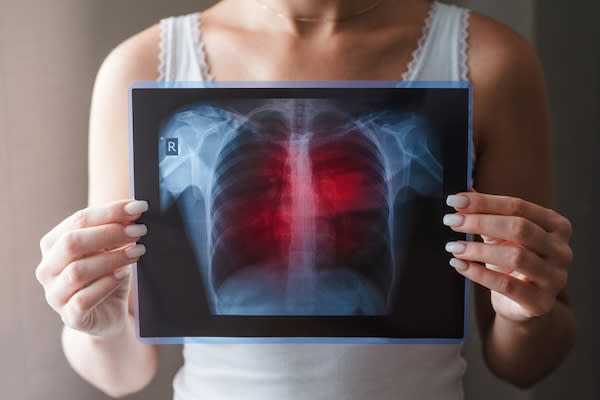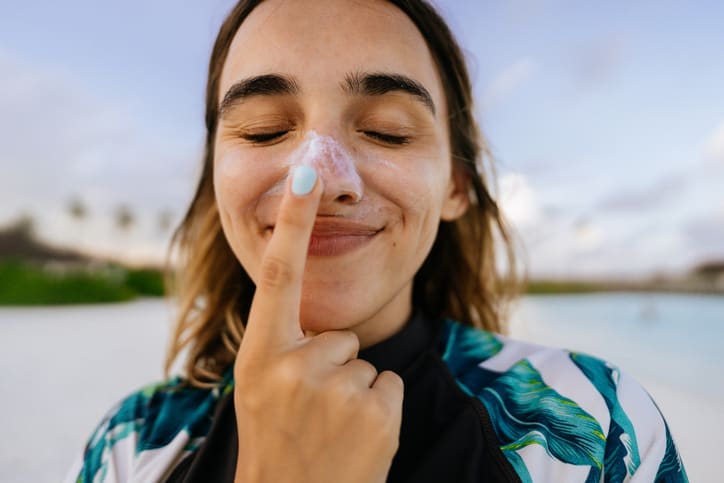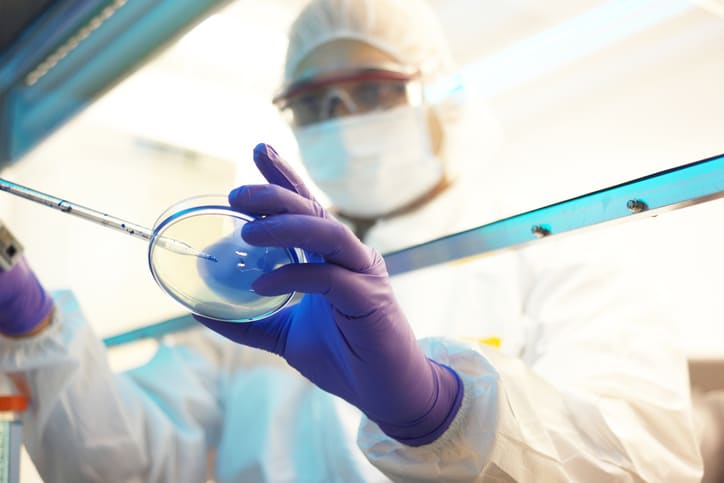Mohs Surgery
Surgical Precision That Supports Healing and Confidence
At the Providence Swedish Cancer Institute, we know that treating skin cancer isn’t just about removing it — it’s also about preserving how you look and feel. Highly trained physicians specialize in Mohs surgery, a precise and minimally invasive outpatient procedure that targets skin cancer while sparing as much healthy tissue as possible.

Treatment Overview
Mohs surgery is a minimally invasive procedure used to treat skin cancer anywhere on the body, including sensitive areas like your face and hands. Unlike traditional cancer surgery, where the surgeon makes incisions to remove the tumor and some healthy tissue around it, Mohs surgery involves removing one thin layer of skin at a time. As each layer is removed, it’s checked for signs of cancer. The surgeon continues to remove layers until there are no more signs.
Because Mohs surgery leaves more healthy tissue intact, there’s minimal damage to the surrounding area and quicker healing. Some people might need stitches or pieces of skin taken from their forearm or other part of the body to cover the area, or it might be left to heal on its own. It’s rare, but sometimes people have to return for a second surgery to complete the procedure.
Typically, this surgery is performed in an office or clinic, but if you have a complex tumor, you might be admitted to the hospital.
What to Expect
At the Providence Swedish Cancer Institute, we’ll guide you through the planning stages of your Mohs surgery through to discharge, recovery, and future treatment if needed. Your care team is here to support your physical healing, emotional well-being, and personal goals, so you can move forward with confidence.
If needed, about a week before your surgery, we’ll schedule a pre-admission visit to:
- Assist with remaining pre-surgical lab work or tests
- Review what will happen during your surgery
- Explain potential side effects
- Discuss medications and post-surgery care, and answer any questions you might have
You'll receive information to prepare for your surgery. If you have any questions after this appointment, you can reach out to your nurse or care coordinator, who will be happy to help.
Mohs surgery is usually an outpatient procedure. Your surgeon will tell you how to care for the wound, such as applying ointment or other medication as you heal.
Your care team will also give you instructions on what to do at home. They may suggest you apply covered ice packs to the area to reduce swelling and bruising. You should also avoid strenuous activity and lifting heavy objects for at least a week.
Although Mohs surgery is minimally invasive, it has the highest cure rate of any skin cancer treatment, even for aggressive or recurring cancers. This is because your surgeon looks at each layer of tissue under a microscope during the procedure, ensuring all cancer cells are gone before finishing the surgery. By removing only what’s necessary, Mohs surgery also preserves more healthy skin than traditional methods — often resulting in less scarring and a better cosmetic outcome.
As with any surgery, there are risks, including:
- Infection
- Bleeding
- Delayed wound healing
- Scarring
- A larger wound than expected
- Nerve damage
- Recurrence
Your care team will talk with you about these risks, answer your questions, and help you make an informed decision that aligns with your goals.
Your care team is here to support you after your surgery. Because Mohs is a minimally invasive surgery, you may not have as many follow-up appointments as you would with traditional surgery. Regular checkups are still important, so we can continue to manage any of your ongoing treatment needs and watch for signs of recurrence.
Services are also available to help you through every treatment stage.
Learn more about our supportive care services.
Frequently Asked Questions
Mohs surgery is used most often to treat basal cell carcinoma or squamous cell carcinoma, but it can be used for some other rarer types of skin cancer in the early stages.
While Mohs surgery isn’t usually recommended for melanoma treatment, some surgeons may perform the procedure for an early type of melanoma called lentigo maligna melanoma. In this case, the procedure is a modified type called “slow Mohs.”
Unlike standard Mohs surgery, where each layer is checked immediately, slow Mohs involves sending the tissue to a lab for more detailed analysis. After your surgeon removes the visible cancer, they’ll place a bandage over the area, and you’ll return home. You’ll typically come back the next day for the results and see if more tissue needs to be removed.
You should plan on spending the day at the clinic if you’re having Mohs surgery. The duration of the procedure depends on how many layers of skin your surgeon must remove, and each layer must be examined before another layer can be taken. If necessary, your surgeon might also need to stitch up the wound, so the whole procedure can take several hours.
You will likely have a scar after your surgery, but much depends on where the surgery was, how wide the area is, and how many layers your surgeon had to remove. It can take from 12 to 18 months for scars from Mohs surgery to fully heal.
Your dermatologist will give you specific instructions for how to care for your wound and the skin around it as you heal. Typically, people who have had Mohs surgery are told to wait two days before changing their dressing. Your care team will explain how to clean your wound and may also suggest that you cover the wound with petroleum jelly until your stitches are removed. This can prevent scabs from forming and speed up healing. Your surgeon might advise you to keep using it for another week after the stitches are out.
Most people who have Mohs surgery don’t have any complications, but your care team will explain when you should call your dermatologist. Reasons you might call include if your wound is bleeding and it won’t stop, your pain is getting worse instead of better, or you are seeing signs of an infection (fever, pus or discharge from the wound, red and/or hot skin around the area).
We provide a full range of supportive care services to support you during and after your cancer treatment. Some of these services include:
- Art therapists
- Cancer rehabilitation (onco-physiatry)
- Care coordinators
- Genetic counseling (cancer geneticist)
- Health educators
- Medical massage (edema, lymphedema management)
- Music therapist
- Naturopaths
- Nutritionists
- Oncology nurses
- Social workers
- Speech and language pathology
We can also help with finances, food, transportation, and other challenges for eligible patients through our patient assistance fund.
See the full list of supportive care services.
Note: Some services are provided by local partners and vary based on location. Please contact your clinic for more information.
News & Info From Our Experts



